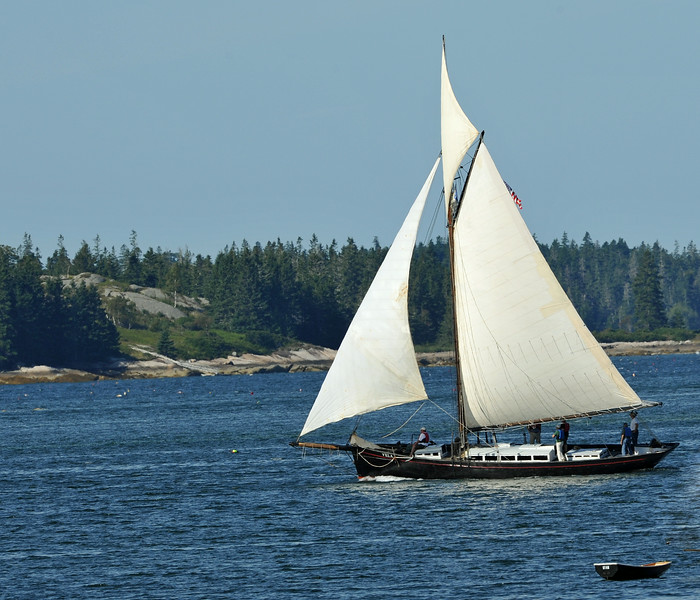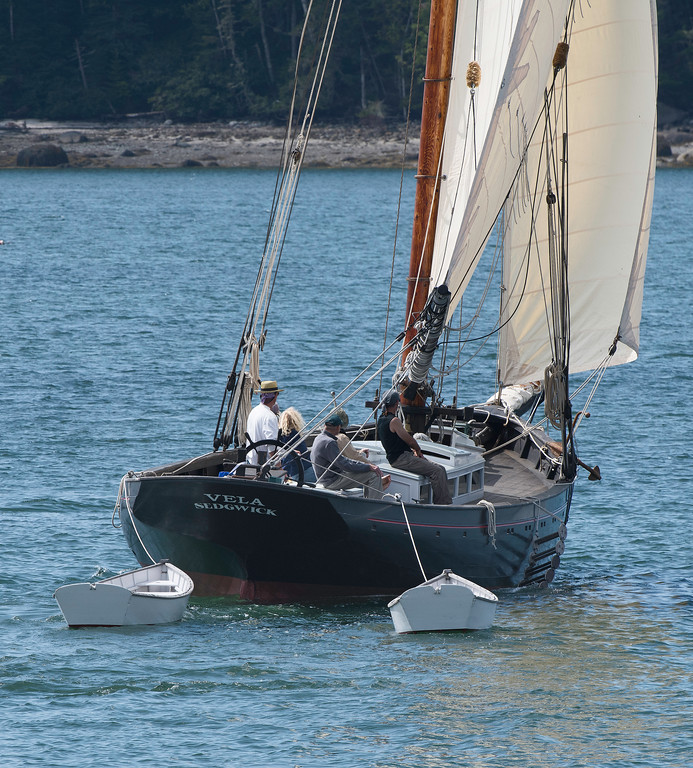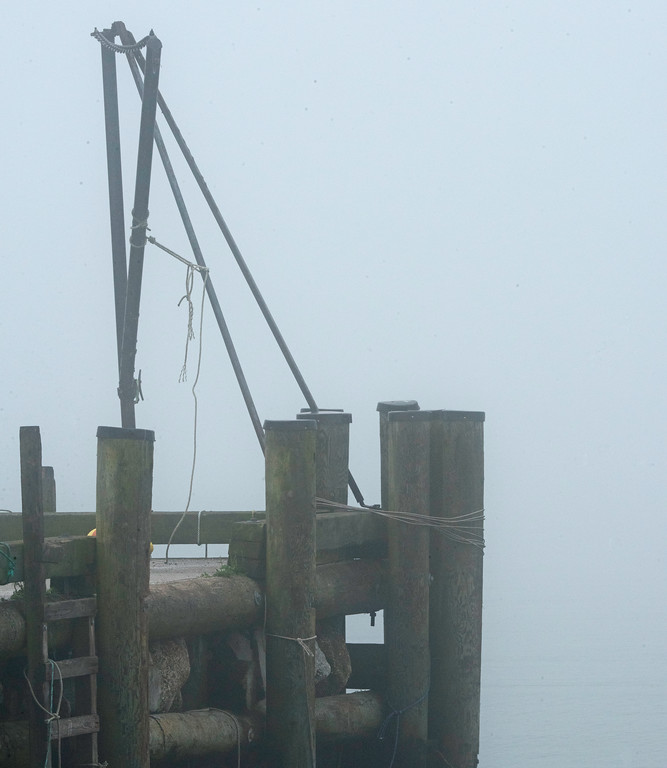At least 114 dead and dying seals have been reported found in Maine so far this August, according to the National Oceanic and Atmospheric Administration. Experts from the Marine Animal Lifeline and NOAA are studying the disturbing situation, which has recurred from time to time since 2003.
Most of this month’s discoveries have been Harbor Seals found south of Rockland; avian flu and distemper have been found in a good number of these. Researchers at the Shaw Institute in Blue Hill blame manmade, immune-suppressant toxins, such as PCBs (polychlorinated biphenyls).
These toxins reportedly are widespread in our waters and make sea mammals dangerously susceptible to diseases. Apparently, many of our seals are inundated with these toxic time bombs, even though they may look as healthy as our local seals shown here.
Reports of dead or dying seals seen south of Rockland should be made to Marine Animal Lifeline at 207-851-6625. Those seen north of Rockland should be reported to Allied Whale at 207-288-5644. (Brooklin, Maine)

















































